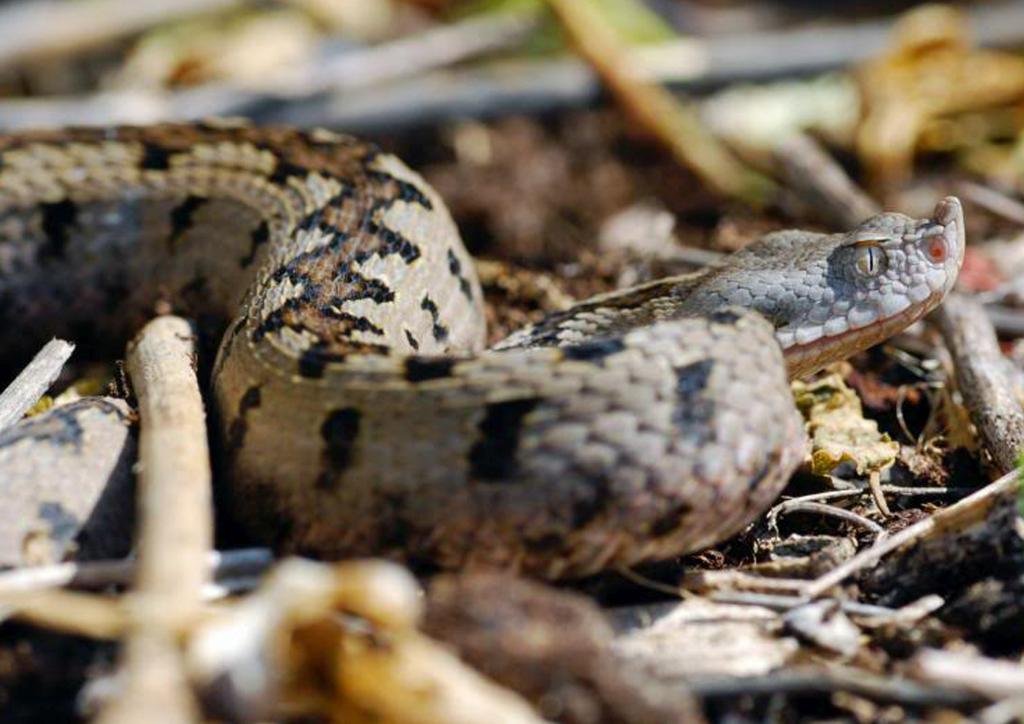Sierra de las Nieves National Park (Almost)
Just a few more meetings and the the future National Park of the Sierra de las Nieves will be the sixteenth in Spain (the third in Anadalusia). This will allow the areas inclusion in the Spanish Network of National Parks. The Sierra de las Nieves is home to 65 percent of the Spanish fir (Abies … Read more



